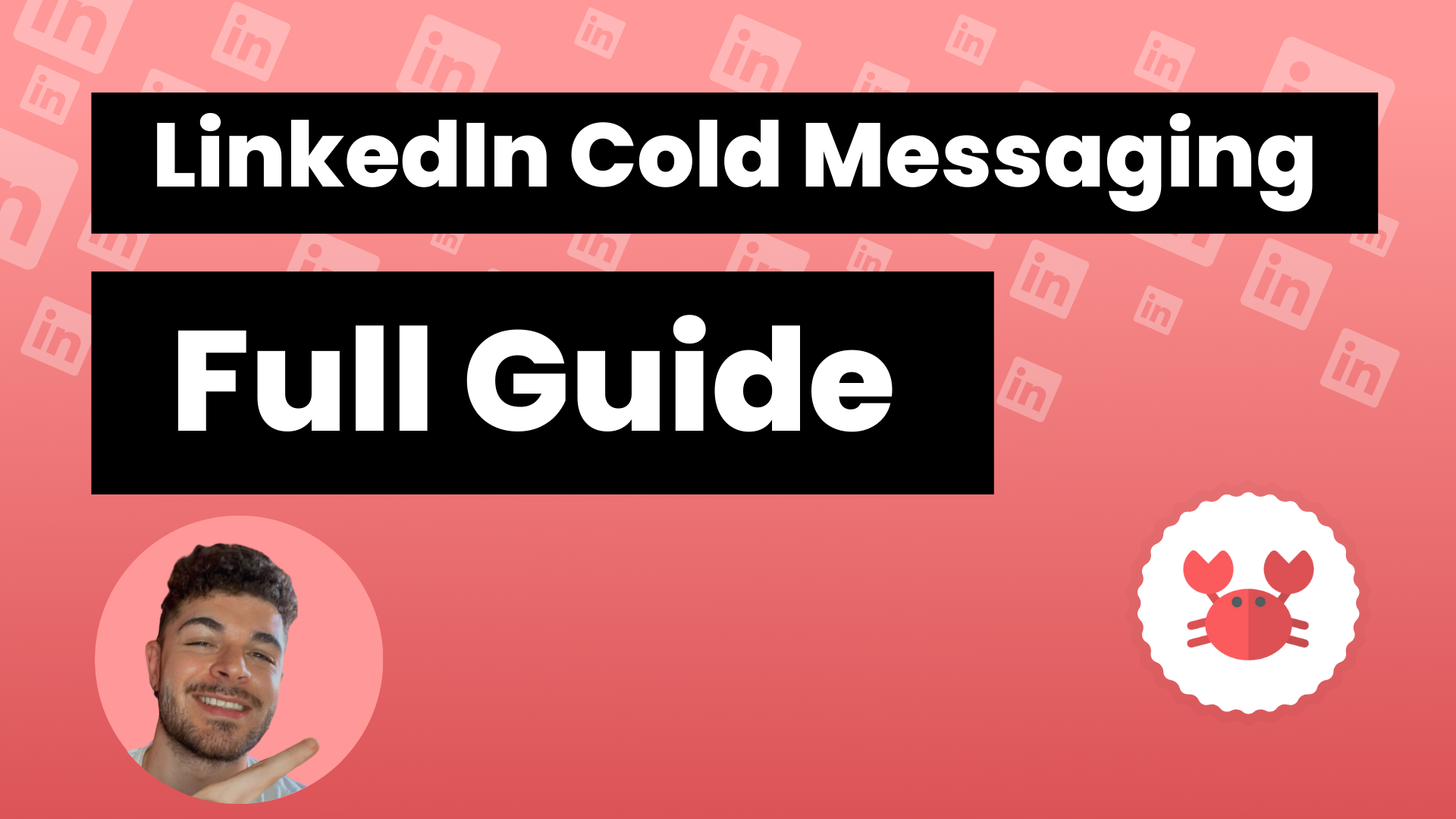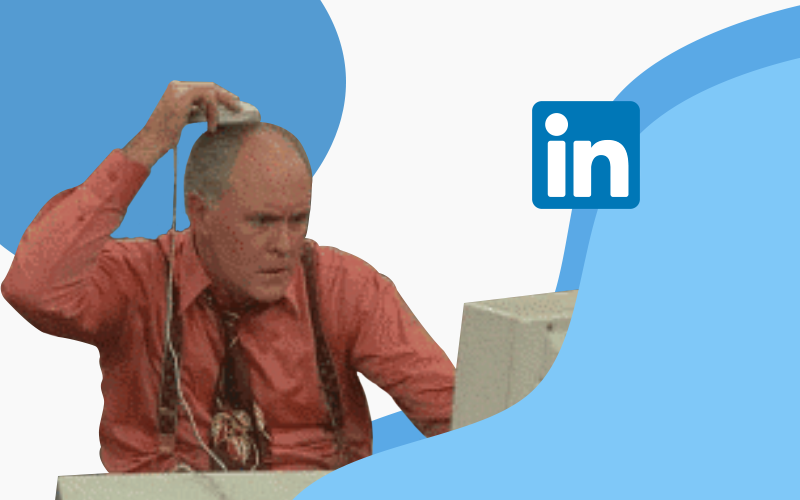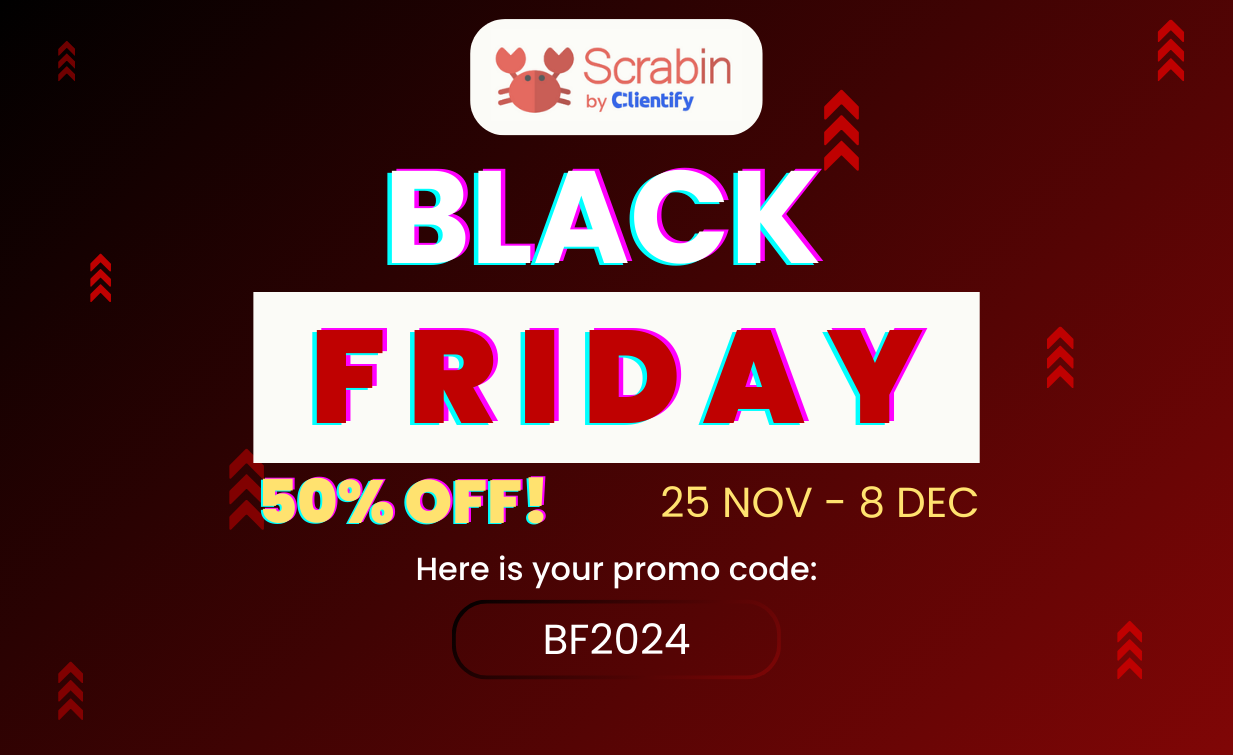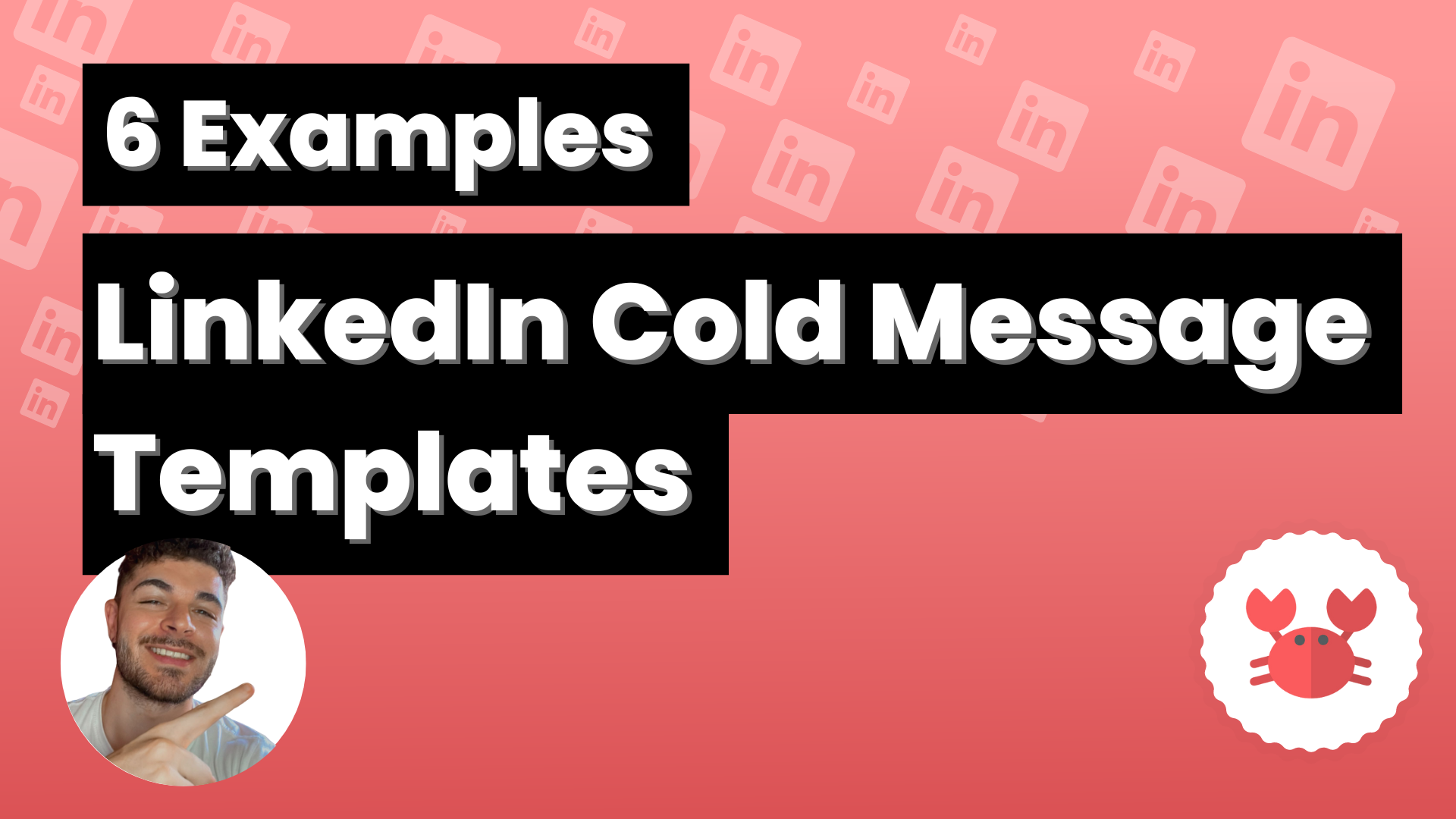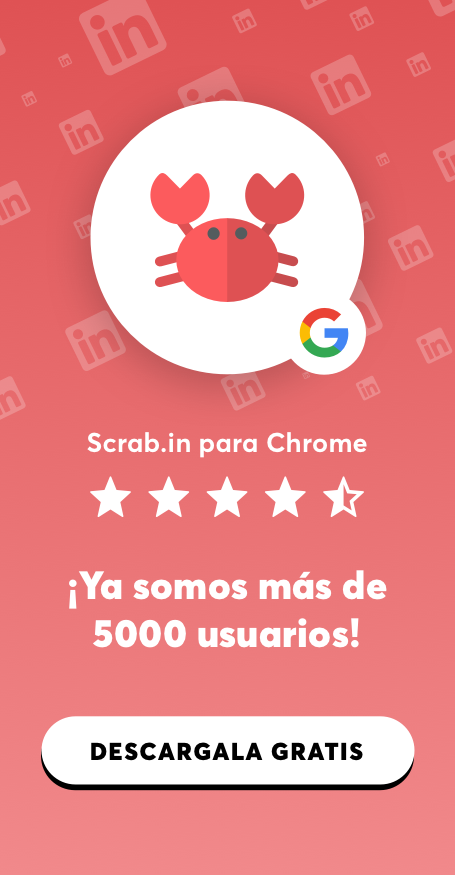There’s a common fear around things with “cold” in their name in the business world: cold calling, cold approach, cold emailing, and so on. It’s about reaching out to strangers, and it feels awkward.
But here’s the thing: B2B organizations that dismiss its effectiveness experience 42% less growth compared to those who embraced it in 2023.
And here’s the “other” thing: among these, LinkedIn cold messaging shines brightly, especially in recent times. B2B professionals say that cold messaging is as effective as cold calling and can be automated like cold emailing.
This guide will walk you through how to nail LinkedIn cold messaging and how to build a strategy around it.
Let’s get past the cold sweat and jump into it.
Understanding LinkedIn Cold Messaging and its Importance
LinkedIn cold messaging is a way to reach potential clients or job opportunities. It’s direct and to the point.
What is cold messaging?
Let’s highlight the definition:
Cold messaging is sending a message to someone you don’t know. It’s about initiating a conversation.
Cold messaging vs. cold calling on LinkedIn: Key Differences
Cold messaging is sending a typed message to someone you haven’t met before, while cold calling is picking up the phone and calling them. Each has a different approach but the same goal: to initiate a connection.
The power of cold messaging in today’s digital age
With the rise of Outbound Marketing 2.0, cold messaging has hit its “prime.”
The emergence of action automation tools like Scrab.in, along with the integration and the “revolution” of AIs, have fueled this by uniting Automation and Segmentation.
Cold Messaging is now one of the most effective sales techniques.
Steps to Craft the Perfect LinkedIn Cold Message
Before you start crafting your message, it’s essential to do some groundwork. The success of your LinkedIn cold messaging campaign lies in understanding your prospects well enough to strike a conversation that resonates with them.
Getting started: Setting the stage for cold messaging on LinkedIn
First things first: Know who the right person for your offer is and set a goal.
It’s CRUCIAL, but that’s it: Start by understanding their frustrations, pain points, and aspirations.
Then, just set a SMART goal:
Specific
Measurable
Achievable
Realistic
Time-Bound
How to cold message for a job opportunity
Who says LinkedIn cold messaging is just for selling? Why not job hunt with cold messaging? It shows proactivity and, heck, that you know how to cold message, traits a recruiter will value in you.
That, and you get to reach out to 25-50 recruiters DAILY if you optimize automation/segmentation.
To craft a cold message for a job opportunity, focus on these three things:
- Research: Delve into the company and the person you’re reaching out to.
- Customization: Shape your message to display your genuine interest in the position and the company.
- Value Proposition: Briefly highlight what you can contribute.
For example:
Hi [Recruiter’s Name],
I’ve been following [Company Name] and am really impressed by your team’s work, especially the recent [specific project]. I’m currently exploring new opportunities and wonder if there might be a fit for a [job role you’re interested in] on your team? I have a background in [your expertise].
Would you be open to chatting sometime this week to discuss any potential fit?
Thank you for considering, [Your Name]
Cold messaging recruiters: Do’s and Don’ts
We’ve mention before that reaching out to recruiters via Linkedin cold message is a game-changer. Here are some guidelines:
Do’s:
- Research Thoroughly: Know the recruiter, their position, and the company culture.
- Personalize Your Message: Mention any common connections or interests.
- Be concise and to the point.
- Follow Up: A gentle reminder can show your continued interest.
- Use LinkedIn automation tools: Can help you reach a bigger audience.
Don’ts:
- Sending Generic Messages: Take some time to tailor your message.
- Being Impatient: Give them some time to respond before following up.
- Neglecting LinkedIn Profile: Ensure your profile is complete and professional.
Tips for a successful LinkedIn cold outreach
Executing a successful LinkedIn cold outreach isn’t just about sending a message and hoping for the best. It’s about being deliberate with your approach and understanding the platform’s etiquette. Here are some actionable tips to get you on the right track:
- Use a Cold Outreach Script:
- Having a structured script can serve as a base for crafting personalized messages and personalized responses, ensuring you cover all essential points and usual rejections without coming off as erratic.
- Mention a Personal Connection:
- If there’s a mutual acquaintance or a shared interest, mention it. It creates a common ground, piques their interest, and increases the chances of getting a reply.
- Send a Valuable Message:
- Your message should offer something of value. Whether it’s an insightful observation related to their field or a thoughtful question, provide something that invites a response.
- Keep it Short:
- LinkedIn recommends keeping messages below 150 words as many recipients check messages on mobile. Be concise and get to the point.
- Find Common Ground:
- Utilize LinkedIn to discover commonalities that can serve as conversation starters. It could be a shared alma mater, mutual connections, or similar industry interests.
- Use LinkedIn’s Features:
- Engage in LinkedIn groups or attend events related to your field. It’s a less invasive way to initiate contact and allows for more natural interactions,
- Remember that you can automate outreach in Events and Groups with tools like Scrab.in.
- Send LinkedIn Connection Request First:
- A connection request is a softer introduction before you dive into your pitch.
- Once the connection is accepted, send your tailored messages.
- Optimize for Mobile Viewing:
- Ensure your message layout is mobile-friendly. A message that’s easy to read on mobile increases the chances of getting a response.
- Avoid Rush Hours:
- Timing your messages can also play a significant role. Avoid sending messages during rush hours when recipients are likely swamped with work.
- This typically includes the start of the business day (around 8-9 AM) and the late afternoon (around 4-5 PM) when people are wrapping up their work.
Avoiding Common Mistakes in LinkedIn Cold Messaging
Treading the cold messaging waters can be challenging, especially when you’re just starting out. Here are some common missteps to steer clear of:
Why some LinkedIn cold messages fail
- Fear: It’s the anticipation of the unknown that often holds back many from taking the first step into cold messaging. We’ll see how to overcome the fear of cold messaging on LinkedIn in the next section.
- Lack of Value: Ensure your message brings value to the table. It could be a shared insight, a helpful suggestion, or an introduction to a solution that addresses a pain point.
- Rush Hours: Timing is crucial. Avoid sending messages during busy hours; early morning or late afternoon could be more effective.
- Inappropriate Tone: The tone of your message can make or break your outreach. Keep it professional yet friendly, avoiding any jargon.
- Lack of Research: Before hitting the send button, research the person and company you’re reaching out to. Tailor your message to show that you’ve done your homework.
- Lack of Follow-up: If you don’t receive a response, don’t hesitate to send a gentle follow-up. It shows your genuine interest. Remember, Scrab.In can set your automatic follow-ups for you.
- Overly Long Messages: Be concise. A long-winded message could lose the reader’s interest.
- Incomplete Profiles: An incomplete LinkedIn profile may cause doubt in the recipient’s mind. Ensure your profile is well-optimized and professional.
- Commercial Messages: Avoid overt sales pitches in your initial message. It’s about initiating a conversation, not closing a sale.
- Ignoring Negative Responses: Negative responses can provide valuable feedback. Thank them for their time and ask for any suggestions for improvement.
- Unawareness of LinkedIn’s Limits and Restrictions: LinkedIn has its own set of rules regarding messaging. Familiarize yourself with these to avoid any pitfalls.
Overcoming the fear of cold messaging on LinkedIn
It’s natural to feel a bit jittery before hitting the ‘send’ button for the first time. Here’s how to ease into LinkedIn cold messaging confidently:
- Start Small: Begin with people who are second-degree connections or have common interests.
- Educate Yourself: The more you know about effective cold messaging, the more confident you’ll feel. Read guides, attend webinars, and learn from others’ experiences.
- Practice: Like with anything, the more you practice, the better you get. Start with a few messages a day and gradually increase as you become more comfortable.
- Collect Feedback: Don’t shy away from asking for feedback from recipients, regardless of the outcome. It’s a goldmine for improvement.
And here’s the best tip I can tell you about the fear of cold approaches
- Celebrate Small Wins: Every response, even if it’s a ‘no thanks’, is a step forward. Every rejection is a win. Celebrate the effort, learn, and keep going.
Advanced Techniques for Effective LinkedIn Cold Outreach
Let’s jump into some advanced stuff to make your LinkedIn cold messaging pop.
Crafting compelling cold emails on LinkedIn
Let’s say you find someone who’s big on sustainable business practices, like you. Your message could be:
“Hi [Name], love your work on sustainability at [Company]. Can we chat about your approach?”
Or someone in a company you admire:
“Hi [Name], I’m thrilled about the innovative projects at [Company]. Could we talk about any collaboration opportunities?”
Timing: When is the best time to send a cold message on LinkedIn?
The timing can depend on several factors like the industry or location.
However, a timeframe that often works well is from Tuesday to Thursday, between 10 am to 4 pm. During these hours, people are usually active on LinkedIn, making it a good time to catch their attention with your message.
Monitoring and measuring the success of your LinkedIn cold outreach
To truly know the impact of your LinkedIn cold messaging, it’s vital to track and measure your efforts.
Look at metrics like:
- Response rate
- Conversion rate
- Acceptance rate
Use LinkedIn’s analytics or other specialized tools to gather data. By analyzing this data, you can make informed decisions to tweak your approach for better results.
Automate Cold Outreach with Scrab.in
There’s a specific guide about this, but here’s the simplest way to explain it in a few paragraphs:
- Sign up on scrab.in, then log in via the Chrome extension.
- Click on Dashboard to open the settings window.
- In Scrab.in, activate options like ‘Skip if profile is out of network’ and ‘Invite people to connect with every profile visit.’
- Set a limit of daily invites, 20-25 per day is a good number to start.
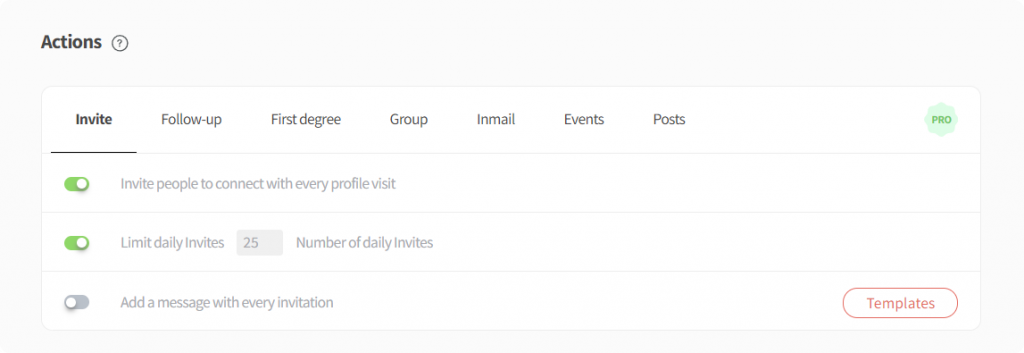
- Now, enable “Follow-up message on accept request” and add a delay, 1h for example.
- Craft your copy, a good and simple one could be:
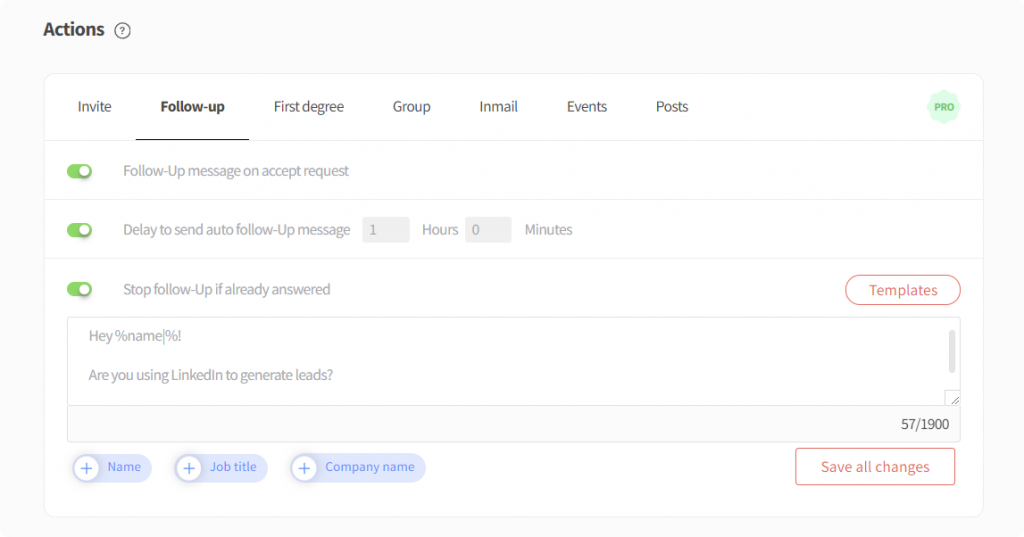
- On LinkedIn search engine, search for profiles fitting your target, like “CEO” in IT

- Open the extension, it the play button in the “visit profile” tab on the extension and let it run each day during work hours.
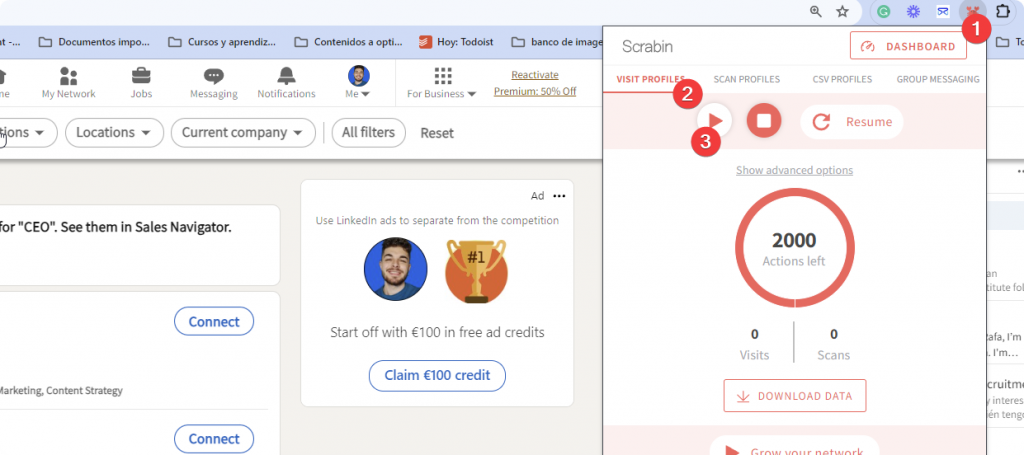
- Relax and let Scrab.in work its magic.
Conclusion: Mastering the Art of Cold Messaging on LinkedIn
Getting good at LinkedIn cold messaging takes some practice, but it’s straightforward with the right steps.
Continual learning: Staying updated with LinkedIn outreach trends
Things change fast online, specially with B2B strategies, so it’s crucial to stay updated with also updated resources like this blog for LinkedIn and FindThatLead’s blog for a more general Growth and prospecting perspective.

